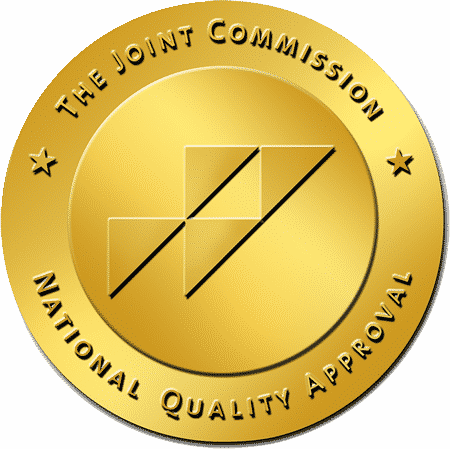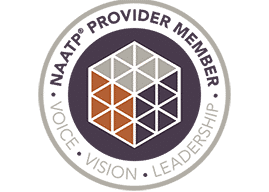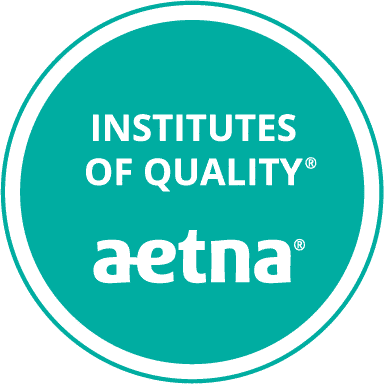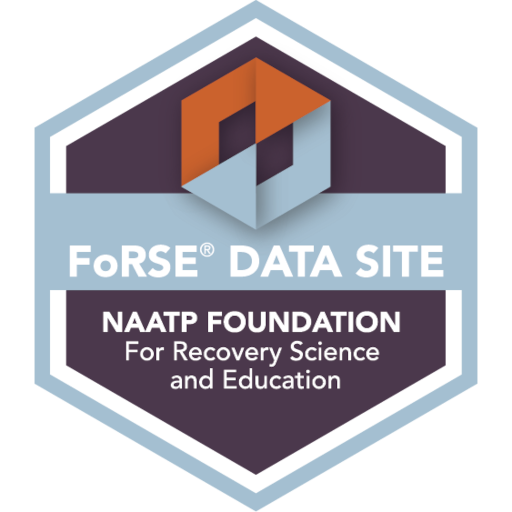Many risk factors can lead to a greater chance that a young person will become involved in drug abuse or suffer from mental illnesses as they grow older.
According to the National Institute on Drug Abuse, such risk factors include:
- Early aggressive behavior by the individual
- Lack of parental supervision
- Substance abuse by peers
- Drug availability among classmates and friends
- Financial disadvantage
- Family history of substance abuse
There are both risk and protective factors, but let’s look at the risk factors first.
Early Aggressive Behavior
Adults with substance use disorders, often have histories of early aggressive behavior.
In children antisocial behaviors are a part of the path to adolescent alcohol abuse or dependence. Assaults on other people, and school-related consequences of the aggressive behavior, may foretell an early start of substance use.
This risk factor related to problem substance use is a common symptom of multiple mental health conditions. Prescription drugs for one of these conditions,–attention deficit hyperactivity disorder (ADHD)–may ironically expose a substance use disorder in the patient.
Lack of Parental Supervision
Young people need parents around to be role models and to provide support and control during childhood development.
Whether it is due to a mother or father not being responsible or the need to work long hours to make ends meet, less time together is one of the risk factors that puts children at risk for drug abuse.
An absent parent is not available to counsel a child pondering whether to smoke, drink or use drugs, leaving them more susceptible to peer pressure.
Child Welfare System Involvement
According to the Child Welfare Information Gateway (part of the U.S. Department of Health & Human Services), parental substance use impacts many families and children benefiting from services of the child welfare system.
Unfortunately, this may result in increased risk for maltreatment of children as it adversely affects a parent’s ability as a caregiver and provider.
Peer Pressure to Use Drugs
Time spent with friends and classmates who abuse drugs is the most immediate risk for young adults. Youth substance use, when they are still developing their ability to judge right from wrong, puts them at high risk of becoming involved with drugs.
Adolescents are more likely to take risks with early substance use when in a group than alone because of pressure from friends. Their limited self-control and self-reliance make them especially susceptible to risky behavior, especially alcohol use, drug abuse, and sexual risk behaviors.
Drug Availability at Home and School
Easy access in the home to drugs and alcohol has been linked to early substance abuse habits in children. This applies to both prescription drugs and illegal drugs.
Kids who witness family members–older siblings and parents–using drugs or drinking alcohol are more at risk to follow their examples.
And if they can’t find drugs or alcohol at home, it’s not hard to obtain these substances at school. Almost one third of U.S. students in grades 6-12 say that alcohol and marijuana are easily found at school, according to the National Center of Education Statistics.
Since many childhood peers are classmates, the school connectedness heightens the risk by combining peer pressure and availability.
Family Financial Problems
Children of families with lower incomes face more risk factors for several reasons.
Their parents or single parent may have to work longer hours or multiple jobs, so they run the risk of not having as much parental control or supervision.
The lack of money may cause family members to argue and be upset with each other more often.
Low-income families are likely to live in neighborhoods where there is more crime, some of it based on illegal drug abuse.
Family History of Substance Abuse
Substance use disorder is an illness, so it is not surprising that genetics is one of its risk factors.
According to the American Psychological Association at least half of a person’s risk of having an addiction can be linked to genetic factors. A review of the family history may find evidence without resorting to medical testing.
When biological factors are present–such as family histories of cancer or heart disease–it is wise to check for evidence of a higher risk of addiction.
Connection with Sexual Abuse
A study published in the National Library of Medicine noted a history of an unusually high frequency of physical and sexual abuse for men and women admitted to an urban detoxification facility.
Nearly three-fourths of them had experienced interpersonal trauma and even more first experienced the trauma as children.
Protective Factors
Protective factors, according to the Substance Abuse and Mental Health Services Administration (SAMHSA), are “characteristics associated with a lower likelihood of negative outcomes or that reduce a risk factor’s impact. Protective factors may be seen as positive countering events.”
SAMHSA says individual-level protective factors for high-risk substance use include:
- Positive self-image
- Self-control
- Social competence.
Like risk factors, protective factors usually have a cumulative effect on children’s development of behavioral health issues.
Young people with multiple protective factors have a reduced risk of developing substance use problems. Reducing risk factors that face youth plays a big role in protecting their physical and mental health.
Positive Self-Image and Drug Abuse
A positive self-image can be very helpful in reducing addiction risk factors for young people. A girl or boy who feels good about themselves is less likely to start drug use or engage in other high-risk activities.
Parents play a key role in developing a child’s self-image from an early age. Their attitude and behavior toward the child, their acceptance of the child, and their clear delineation of what they expect from the child produce an increased likelihood of preventing drug abuse.
Self-Control and Drug Abuse
Self-control is the ability to ignore notions, yearnings, and feelings and make healthy choices.
Children who develop good self-control are better able as young adults to withstand the pressure to start drug use or abuse alcohol.
One way to strengthen self-control, especially at an early age, is to praise children when they exhibit self-control. Positive reinforcement encourages them to control their behavior.
With middle school and older youth, it helps to make them aware of upcoming challenges and give them openings to express what they are feeling. Modeling self-control is also a good tactic with this age group.
Social Competence and Drug Abuse
According to the American Psychological Association, social competence is the “effectiveness or skill in interpersonal relations and social situations, increasingly considered an important component of mental health.”
It involves “the ability to evaluate social situations and determine what is expected or required; to recognize the feelings and intentions of others; and to select social behaviors that are most appropriate for that given context.”
There is evidence from studies that risk factors present at the time of potential drug use exert a particularly strong influence on high-risk substance use. The rewarding and reinforcing effects of drugs depend on whether other people are present and whether those individuals are also using substances, either the same ones or other drugs.
A higher degree of social competence counterbalances the increased risk imparted by the presence of others using drugs.
Parental Awareness
Parents who routinely monitor their children’s activities from an early age are in a better position of preventing drug use and other risks that face them.
Unfortunately, parents are often unaware of their children’s drug and alcohol use. When parents are asked if their children are using drugs, their responses tend to be negative while the children admit more often to substance use.
Whether through denial or not knowing the facts, the parents don’t acknowledge that their children may be engaging in high-risk substance use. This diminishes their ability to intervene and deter their children from substance use.
On the other hand, parents who are aware of what their children are doing are in a better position to be protective factors in their lives.
Mental Health Risk Factors
Poor mental health can result in serious negative results in the health and development of young teenagers.
Mental health problems can lead to risky sexual activities, illegal substance use, teenage pregnancy, attendance problems, dropping out of school, and other risk behaviors.
The U.S. Center for Disease Control performed a survey which showed that increasing numbers of U.S. high school students are experiencing persistent feelings of sadness or hopelessness.
More than one-third, and nearly half of female students, reported persistent feelings of sadness or hopelessness in 2019.
Youth Risk Behavior Survey Results
The Center for Disease Control published Youth Risk Behavior Survey Data Summary & Trends Report: 2009–2019 which provides the most recent data on health behaviors and experiences among high school students related to four priority areas
- Sexual Behavior
- High-Risk Substance Use
- Experiencing Violence
- Mental Health and Suicide.
The Center for Disease Control notes that consequences of these risk factors extend beyond health. Negative impact on academic achievement, in turn, ruins future occupational and income opportunities.
The survey reported that the number of high school students engaging in sexual risk behaviors and high-risk substance use, such as prescription opioids and other drugs, had fallen for the period.
On the negative side, experiences of violence, such as bullying and forced sex, remained high, and there is an increased risk factor of sexually transmitted diseases.
High Risk Substance Use Decrease
The CDC survey of high school students showed decided downward trends in youth substance use by students who said they had taken or injected illegal drugs.
The misuse of prescription opioids, however remained steady at about 14 percent and number reporting recent misuse of prescription opioids was about 7 percent,
Recovery Starts at La Hacienda
Since 1972, La Hacienda Treatment Center has helped persons with substance use disorders enter recovery and given them the tools to succeed and live fulfilling lives.
All persons admitted receive an assessment of their overall health conditions. This helps identify co-occurring disorders and other medical and mental health conditions (dual diagnosis).
With this information in hand, the doctors and counselors plan a treatment program for each patient based on their well-being.
Some patients undergo a medically supervised detoxification in our well-equipped Special Care Unit where withdrawal symptoms can be monitored and treated.
Individual and group counseling, medical checkups, informational lectures, a thorough introduction to the 12-step program, therapeutic activities and patient community gatherings are part of the program.
Counseling includes cognitive behavioral therapy, which helps patients identify situations–risk factors–and how they can respond to them in the future and avoid relapse.
If you or someone you know would benefit from treatment at La Hacienda, phone (800) 749-6160 and talk with one of our helpful admission specialists.

Addiction is a Family Disease
Addiction is a family disease in two contexts. First, those around an addicted person suffer other medical conditions and mentally because their negative actions have negative consequences for each family member. Second, genetic factors can play a role in passing addiction from one generation to the next. Many children of addicted parents are at a higher risk for youth substance use.

Treatment for Substance Use Disorder
Substance Use Disorders impact many aspects of a person’s life, so several types of treatment may be required. The best programs review a patient’s medical and mental health history to determine the best course of action before treatment begins.

Alcoholism is a Family Disease
Alcoholism is a family disease in two contexts. First, those around an alcoholic person suffer physically and mentally because their negative actions have negative consequences for other family members. Second, genetic factors can play a role in passing the disease from one generation to the next. Many children of alcoholic parents are predisposed to have an alcohol use disorder in their young adult years.

Who is an Addict?
An addict is a person with a treatable, chronic medical condition involving intricate brain pathway interfaces, genetics, their environment, and their life experiences. People with drug addiction have substance abuse problems, drug dependence, or engage in behaviors, like nonmedical use of drugs, that, in the absence of drug abuse treatment, become habitual and often continue despite damaging results.
